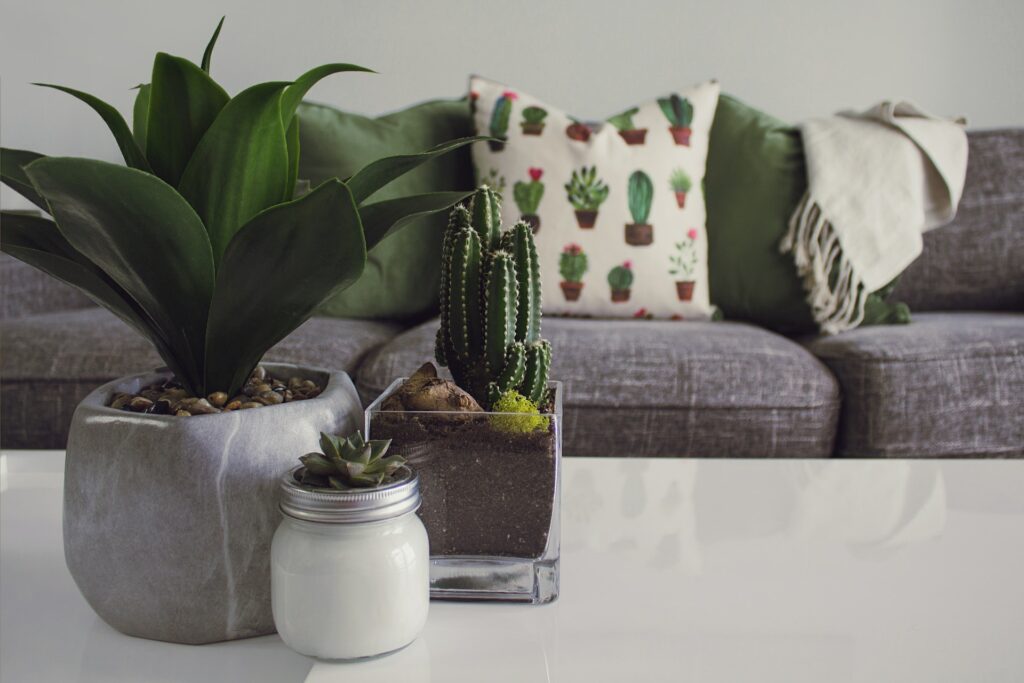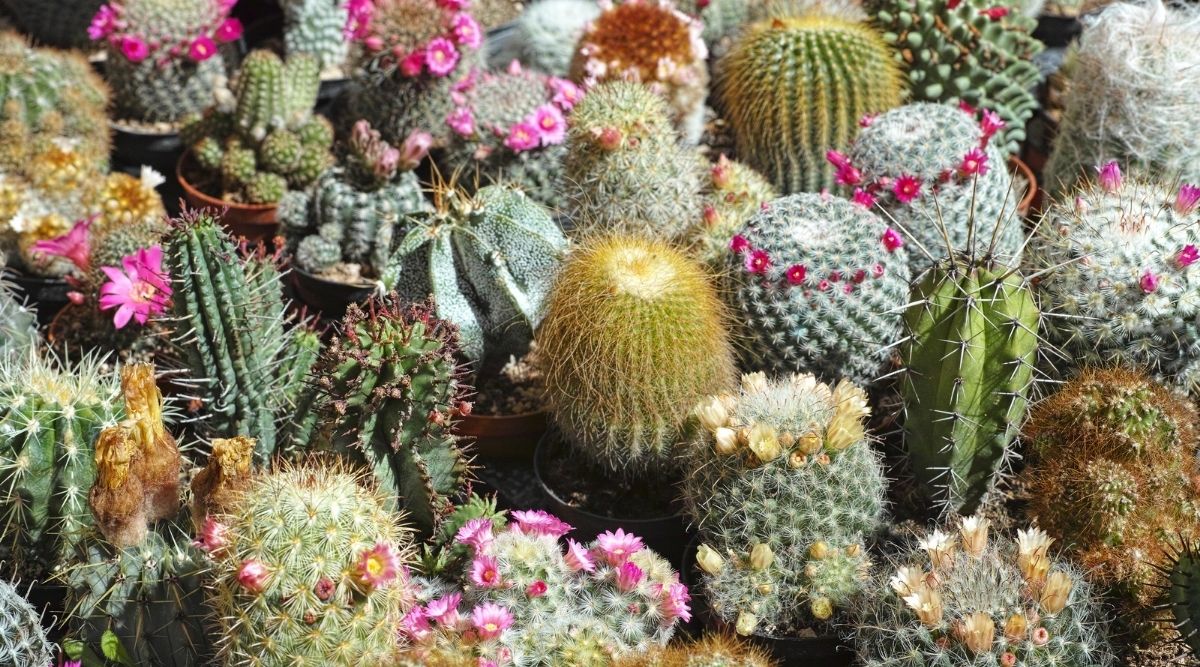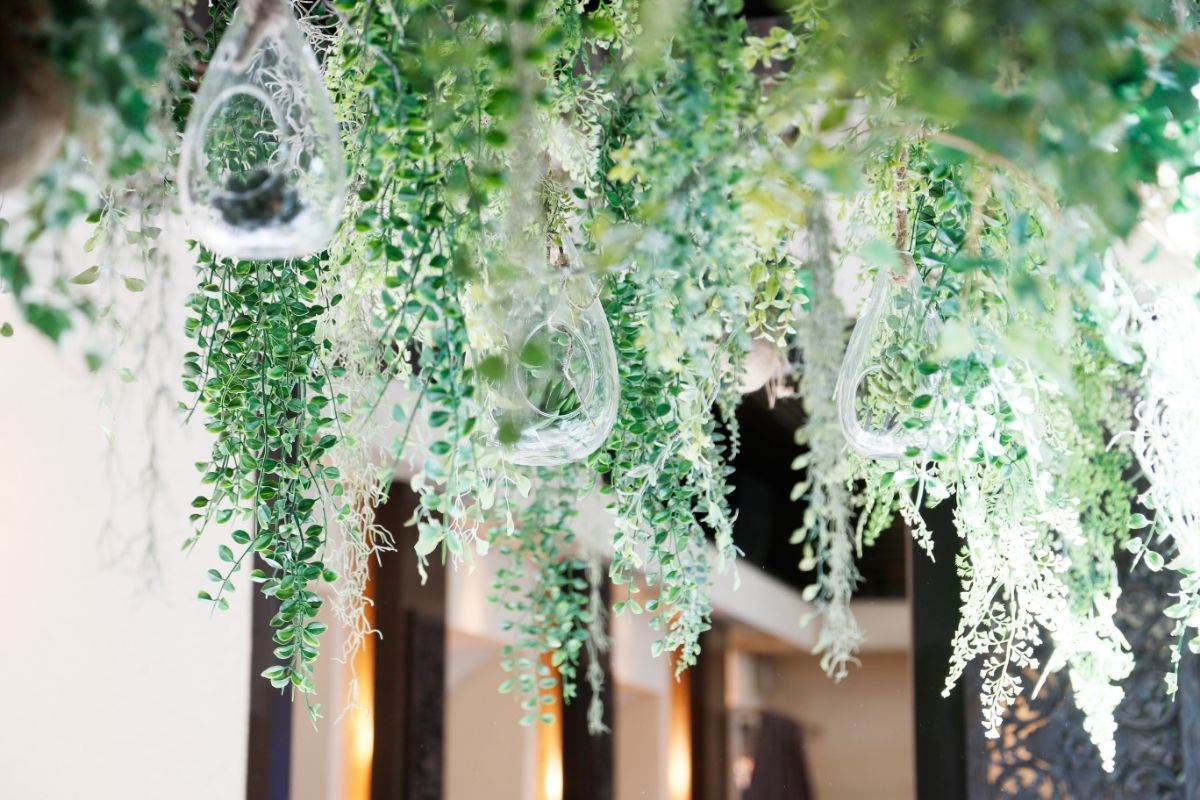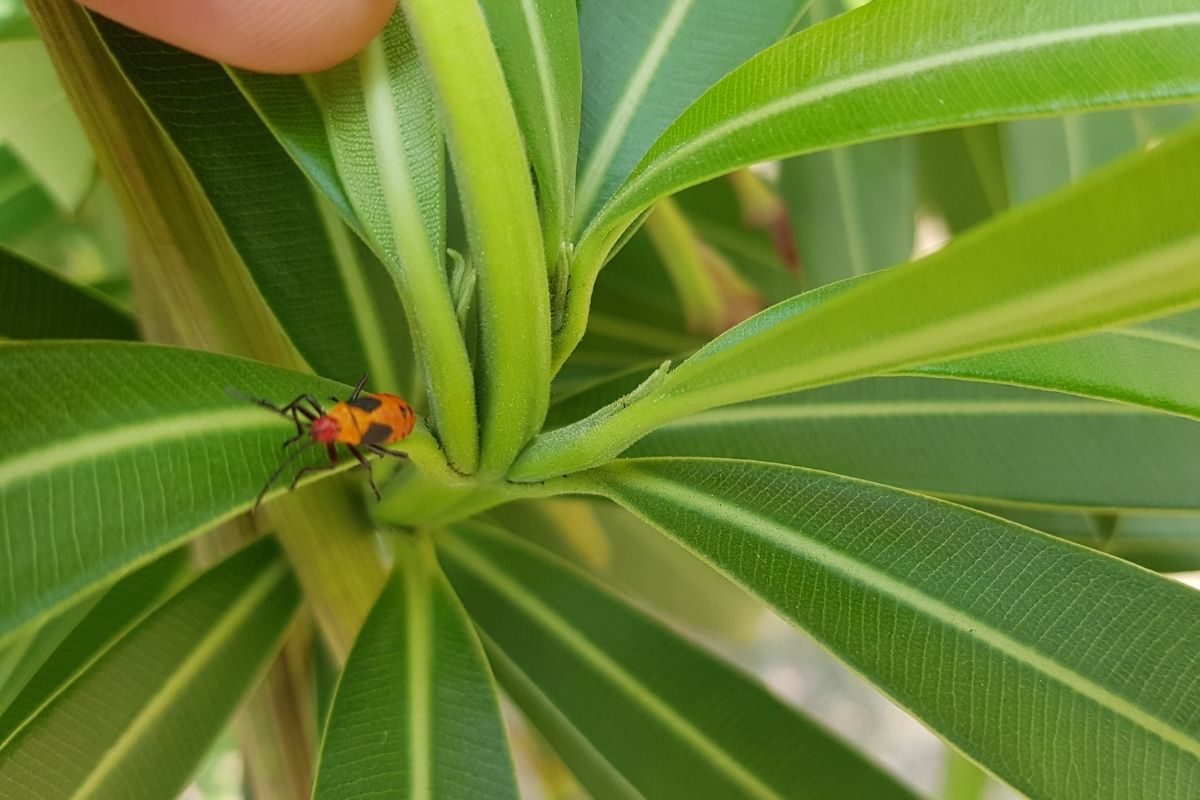
Keeping greenery alive and well in your house may be challenging. The variable temperatures, the dry air, and the relatively short daylight hours may all contribute to an environment that is difficult for growing things. Despite this, we have a real soft spot for our houseplants, so we set out to find the best plants for indoors. We went out to a number of plant experts to get their recommendations for the hardiest houseplants that have the best chance of surviving the whole year.
Christmas Cactus
You could look at the cheery Christmas cactus if you want a plant that will last for a long time and also provide a splash of color to the area where it is placed. This plant is usually propagated for sale around Thanksgiving, but the gorgeous pink and scarlet blossoms it produces give the impression that spring is just around the corner. In addition to that, it requires a very minimal amount of upkeep.
Peace Lily
In the summer, when their stunningly pure white blossoms are in full bloom, peace lilies will be a wonderful addition to the aesthetics of your house, but that is not the only thing they are capable of. This lovely and potent houseplant is an expert at purifying the air in your home, removing pollutants, such as ammonia, benzene, xylene, formaldehyde, and trichloroethylene. It works hard to absorb these pollutants.
Peace lilies may be an absolutely stunning accessory for any table, whether it is a dining table, a side table, or even an entrance table. Plant peace lilies in a container filled with potting soil that can be used for a variety of purposes, and water them occasionally throughout the year, without overwatering. They are able to flourish in low light as well as in high light, although they fare best in regions with some shade.
Clivia
If you have a room that is on the cooler side and does not receive a lot of natural light, the clivia might be the perfect addition to that space. Not only is it possible for this lovely plant to blossom even in a house with drafts, but the brilliant colors it displays will warm up a dreary environment. Another advantage is that clivia like to have a dry environment, so you will not have to water them as often as other plants.
Maidenhair Fern
The majority of ferns are able to thrive in dim lighting conditions. Nonetheless, they need high humidity, and they like regular watering and misting. They are used to growing on forest floors that are entirely shadowed by a canopy of trees. This is where they get their start. The delicate and lacy maidenhair fern thrives in a location that receives at least some indirect light for at least part of the day. This makes the maidenhair fern a good choice for overwintering because, despite the fact that it likes its soil to be constantly moist, the plant can still thrive in other conditions.
Moth Orchid
This low-maintenance plant has brilliant green stems that are crowned with sophisticated flowers that persist for a very long time. However, despite the fact that it thrives best in partial to full sunlight, the moth orchid may also thrive in dim light. And it does not care if you miss a few waterings here and there. As a result of the moth orchid’s predisposition for a drier environment, you will not have to do anything special to ensure that it produces blooms in order to take advantage of them.
Rosemary
Rosemary is a herb that has a long history of usage in traditional medicine, namely for its ability to boost focus as well as memory. According to studies, people who were exposed to the aroma of rosemary essential oil performed significantly better on questionnaires in comparison to people who were not exposed to any scent at all. This finding suggests that there may be some truth to the assertion that was made.
It is believed that the component of rosemary responsible for improving memory is a molecule known as 1,8-cineole. This chemical is assumed to be responsible for increases in acetylcholine levels, which is a neurotransmitter. Even though you might be able to take advantage of a more potent scent by using rosemary essential oil with a diffuser in your home, it will not hurt to keep a rosemary plant nearby in places, like your home office or any other room where you could use a mental boost.
Rosemary may be grown in a container and transferred to any location in the garden where it will get direct sunshine. During the growth season, it should be watered consistently, but during the winter, it will need less water than normal. Take care not to overwater your rosemary plant, and once it has finished flowering, be sure to prune it.
Jade Plant
The jade plant is not just a survivor but also a stunning specimen of one. There are certain plants that are able to survive fluctuations in temperature, and the jade plant is one of such plants. Because it is a succulent, it does not need too much water. In fact, it only has to be watered once every three weeks in order to grow. In the winter, placing it next to an open window is quite okay. Even if the trees outside are bare of leaves, the inside of your house will still have a revitalizing splash of greenery – thanks to this plant, which is shaped like a little tree.
The Bottomline
Before settling on a houseplant to bring into their home, most people who have shopped for houseplants in the past would undoubtedly acknowledge that the way they appear and how much care they need are the most important considerations for them. When searching for the best plants for indoors, it is necessary to keep those things in mind.
- Best Hanging Plant For Low Light - September 4, 2023
- Best Indoor Plants Florida - August 28, 2023
- Best Plants For Bathroom Smells - August 21, 2023








